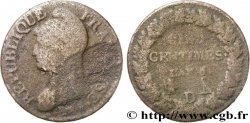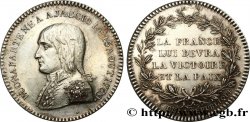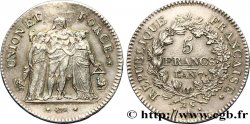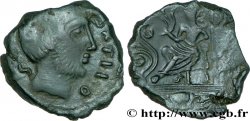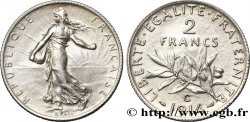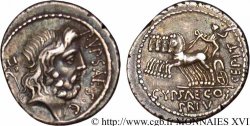fme_681717 - DIRECTOIRE Médaille, Bataille d’Aboukir ou Victoire du Nil
Not available.
Item sold on our e-shop (2025)
Price : 150.00 €
Item sold on our e-shop (2025)
Price : 150.00 €
Type : Médaille, Bataille d’Aboukir ou Victoire du Nil
Date: 1798
Metal : tin
Diameter : 38 mm
Orientation dies : 12 h.
Weight : 19,92 g.
Edge : lisse
Puncheon : sans poinçon
Coments on the condition:
Patine hétérogène avec quelques taches et des traces de manipulation dans les champs. La médaille présente quelques coups et rayures, notamment sur les bords de la tranche
Catalogue references :
Obverse
Obverse legend : VIRTUTE NIHIL OBSTAT & ARMIS // À L’EXERGUE : VICTORY OF THE NILE / AUGT. I. 1798.
Obverse description : Femme ailée, assise, tenant une croix, et ayant près d’elle un crâne (elle représente la Religion) Elle tient un écusson timbré : ADMIRAL LORD NELSON qu’elle couronne et sur lequel on voit le buste de face de l’amiral Nelson. Dans le fond, une pyramide, un lion, un palmier et une harpe. Signé : WYON.
Obverse translation : Rien ne résiste à son courage et à ses armes // Victoire du Nil, 1er Août 1798.
Reverse
Reverse legend : SUB HOC SIGNO VINCES.
Reverse description : Un trophée formé de l’écussion des armes d’Angleterre, d’une ancre, d’une banderole timbré : LAUS DEO NOV. 29 1798 (louange à Dieu, 29 novembre 1798). En haut, un oeil rayonnant. Signé : WYON.
Reverse translation : Tu vaincras sous ce signe.
Commentary
Cette médaille a été frappée pour rappeler les réjouissances faites à Londres le 29 novembre 1798, à l’occasion de la bataille navale d’Aboukyr du 1er août précédent. .
This medal was struck to commemorate the celebrations held in London on November 29, 1798, on the occasion of the naval battle of Aboukyr on the previous August 1.
This medal was struck to commemorate the celebrations held in London on November 29, 1798, on the occasion of the naval battle of Aboukyr on the previous August 1.







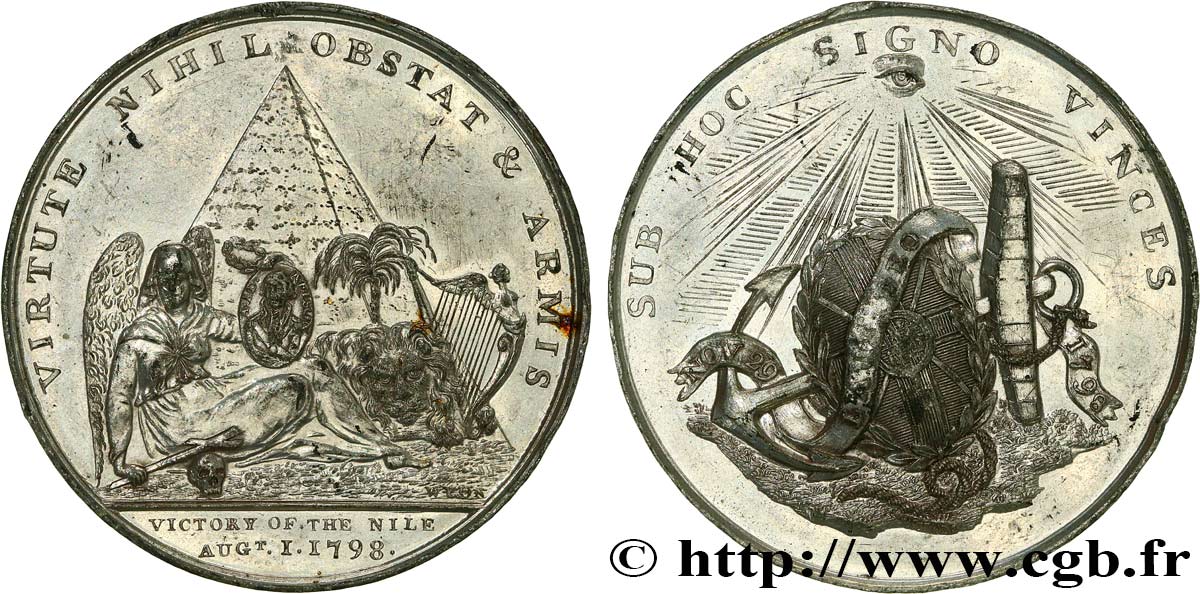
 Report a mistake
Report a mistake Print the page
Print the page Share my selection
Share my selection Ask a question
Ask a question Consign / sell
Consign / sell
 Full data
Full data